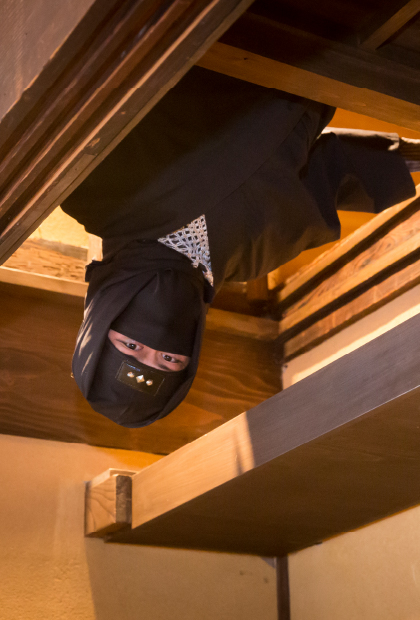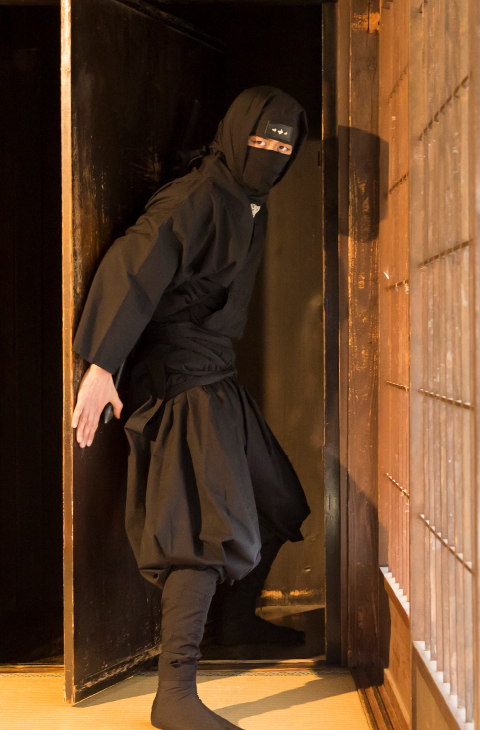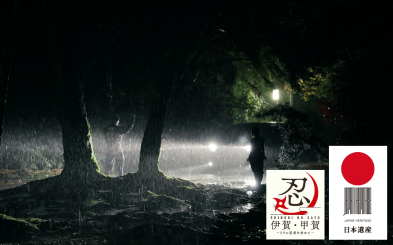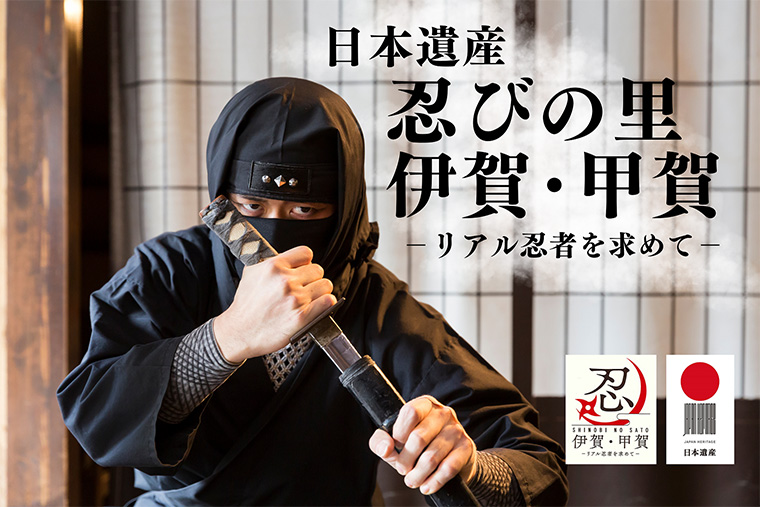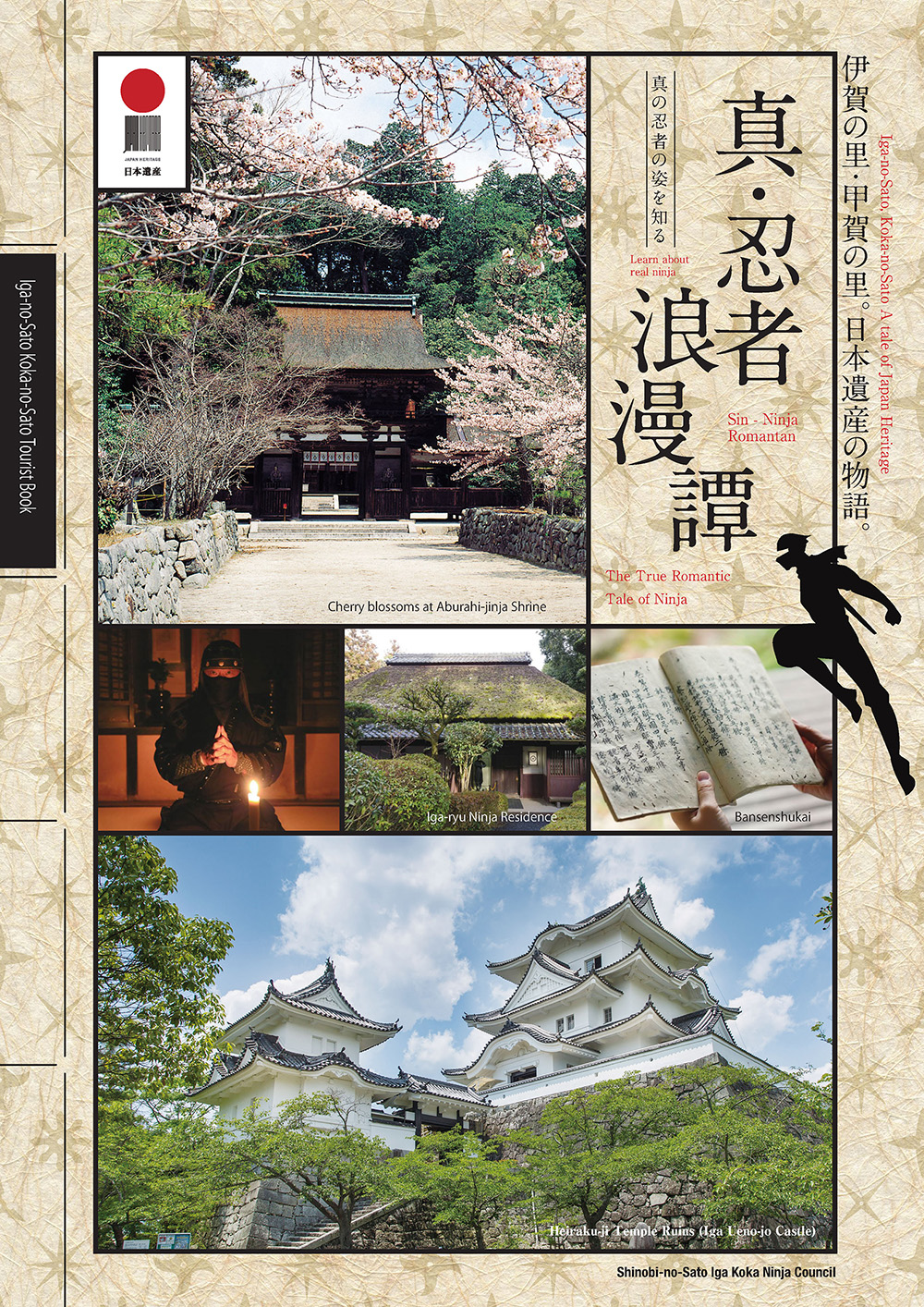They use their superhuman physical abilities
to taunt their enemies and their ninjutsu
to manipulate fire and smoke to defeat them.
The ‘ninja’ have been very popular
since the Edo period.
Furthermore, their popularity has crossed the seas
and ‘ninja’ has penetrated all over the world.
However, the ‘ninja’,
whose main duty is to ‘ninja’,
are naturally deeply stealthy,
and few people,
even those living in the area,
know the truth about them.
Nevertheless, this is Iga-Koka, the birthplace of the ninja.
Records of the ninja remain faint in legends,
old shrines and temples,
and ancient documents.
Let us trace these memories
and follow the true ninja.
